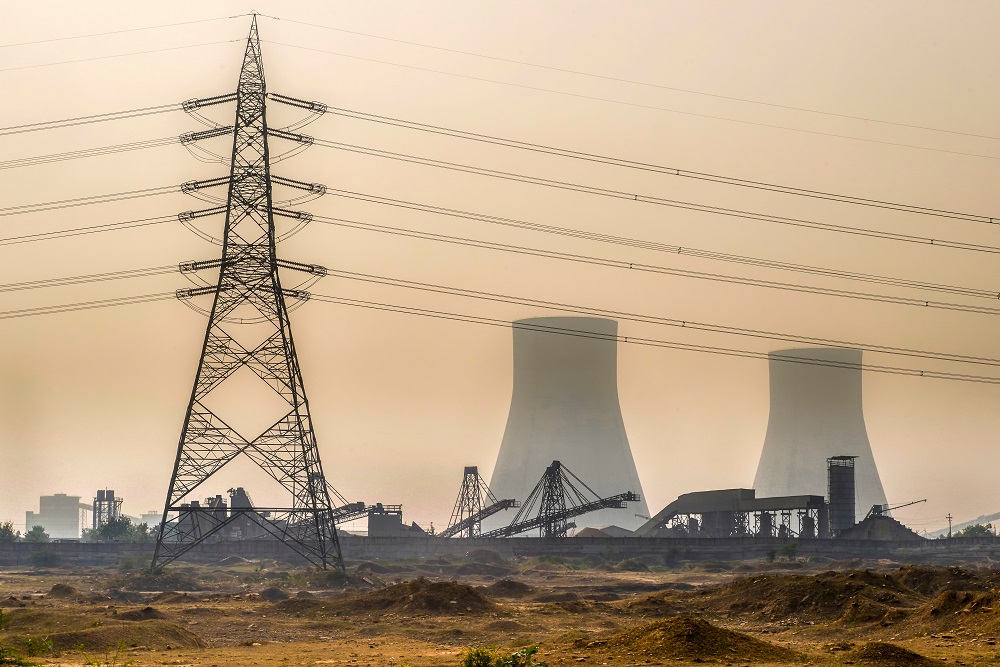In the first half of calendar year 2024, India’s thermal coal imports escalated to over 95 million tonnes, marking a 13% year-over-year increase, according to BigMint data. This surge is primarily attributed to heightened electricity generation demands due to an intense heatwave affecting large parts of the country from mid-April to June, with temperatures reaching record highs.
Energy Generation Dynamics
Thermal electricity generation saw a sharp increase of over 10%, reaching 678.27 billion units due to the prolonged heatwave. This rise contributed to thermal power’s growing share in India’s power mix, which now stands at 74%. Despite a record domestic production increase of over 12%, imports continued to rise, creating a necessary buffer against potential shortfalls during the peak summer months.
Conversely, hydropower production dropped by more than 9%, and solar power growth was notably slower than in previous years, indicating a reinforced dependence on coal-fired power. The government’s mandates for imported coal-based power plants to operate at full capacity until mid-October further underline this reliance.
Import Dynamics and Port Activities
Indonesia remained the top coal supplier to India, with exports increasing nearly 30% to over 58 million tonnes. South Africa’s exports remained stable, while the US saw a 16% increase in coal exports to India. Mundra port led in receiving the highest volumes of imported coal, followed by Krishnapatnam and Kandla ports.
Market Influences and Pricing
Imported Indonesian coal prices have softened, influenced by weak demand in the Asian thermal coal market and higher domestic production in India. Prices ranged from $57 to $53 per tonne FOB Kalimantan, a decrease from last year’s $70 to $85 per tonne. This price drop, coupled with resolved weather disruptions in Indonesia, has encouraged continued high imports into India.
Outlook
Despite the onset of monsoons, which typically leads to a drop in cooling demand, new renewable power tenders totaling nearly 70 GW could start impacting the share of thermal power later this year. However, logistical challenges during the monsoon and pre-festive surge in power demand are expected to maintain the high level of coal imports in the latter half of 2024. As policymakers prioritize avoiding power shortages, import trends are unlikely to reverse significantly in H2CY’24, indicating a continuing robust demand for imported thermal coal.










